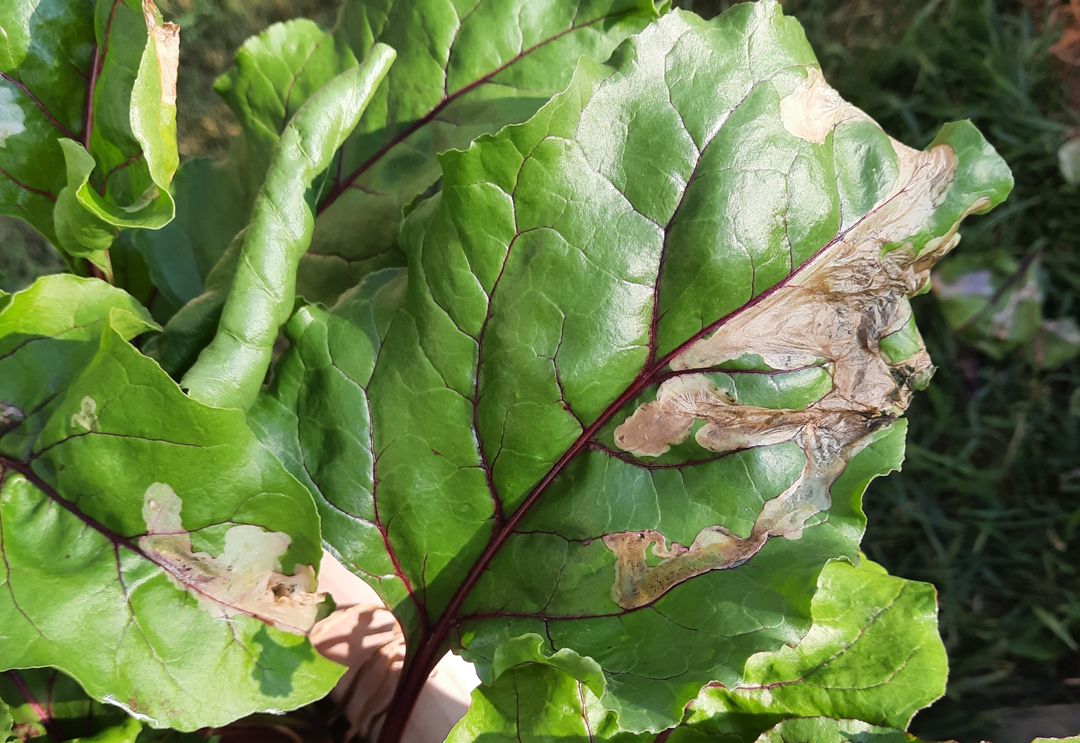If you have plants in your garden that are struggling, you are not alone. Even experienced gardeners have challenges in the garden. Being able to quickly identify and troubleshoot plant problems is an important gardening skill. The first step is to observe- spend a few minutes walking through your garden every day to look for signs of trouble:
Plant wilting
Plant wilting can be a sign of a suffering plant, but not always. On hot days, many plants naturally wilt as a way of preserving themselves through the heat. So how can you tell if your plant is truly suffering or just beating the heat?
The first clue is the weather- if the plant is wilting when it’s not hot and sunny out, there’s likely something else afoot. Do the ‘finger test’- stick your finger a couple inches into the soil, and if the soil feels dry then your plant is likely suffering from a lack of moisture and needs additional watering. If the soil feels wet, it’s possible that the plant is wilting from over watering. In this case, ease up on watering and if you’re growing in containers make sure they have good drainage.
If the soil feels just nicely moist, leave the plant and see if it bounces back on its own overnight. If it does, it was likely just protecting itself from the heat of the day. If it still looks limp, further investigation is needed. Check for signs of damage to the plant that could be causing the plant to wilt, especially along the stem. For squash plants in particular, squash vine borers can cause the plant to wilt dramatically as they burrow into the stems. If you spot a hole in your squash stem, you can attempt to carefully pick out the borer with a knife.
There are also diseases that can cause wilt- such as verticillium wilt or fusarium wilt. These diseases are usually not treatable; if you’ve eliminated other potential causes and suspect your plant has a wilt disease it’s best to remove the plant.
Discolored leaves
While plant leaves naturally come in many variations of green, if they start to turn unusually yellow, brown, purple, or white, that is a clue that the plant might be in trouble.
Yellow leaves can be a sign of underwatering or over watering (the under/over watering dilemma strikes again!) or a lack of nitrogen. To sort out which it is, think about how much rainfall there’s been, how much you’ve been watering (do the ‘finger test’ again), and when you last fertilized. One cause should stand out as the most likely. Or, sometimes plant problems come in tandem- for example, excessive rain or watering can both waterlog plants and cause nitrogen to leach away. Try to resolve the most likely culprit first - either change up your watering habits, or give the plant some nitrogen-rich fertilizer (be careful not to overdo it if using synthetic fertilizer, though).
Brown leaves are commonly a sign of underwatering (or, over watering…again!), or over fertilizing. Bump up your watering if you think the plant is thirsty, or to help flush away excess fertilizer. Diseases can cause leaf browning, too. If it’s unlikely that the leaf browning is water or fertilizer related, look for unusual spots or patterns on the leaves and research the markings to help identify the disease and treatment options.
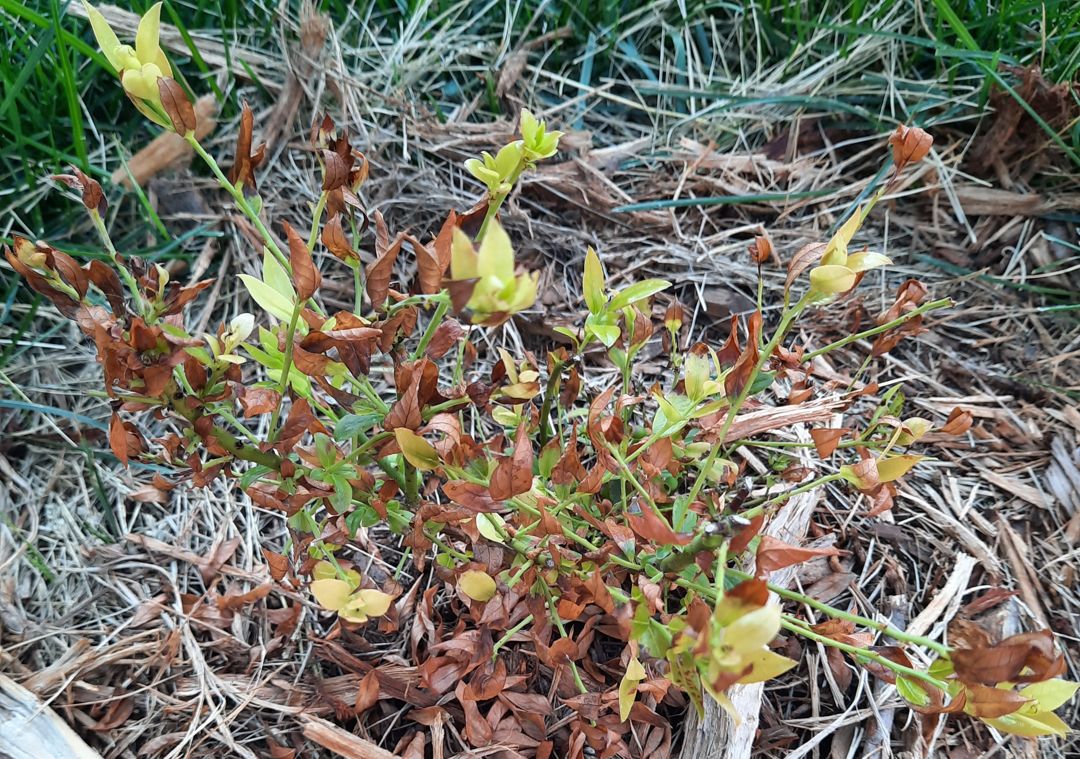
Purple leaves can often be a sign of a phosphorus deficiency - in this case, apply a fertilizer containing phosphorus.
And if the leaves have a new powdery white coating that was not there before, a common cause is powdery mildew. Powdery mildew cannot be cured once it sets in; it can only be managed. Look for a powdery mildew spray- or find a DIY powdery mildew spray recipe- to help contain the problem.
Leaves with holes, damaged or misshapen leaves
Seeing leaves with holes, damaged or misshapen leaves are often a sign of pests feasting on your plants. The trick is to identify which pest is doing the deed.
Inspect the plant thoroughly for insects- oftentimes they will be clinging onto the undersides of the leaves or hiding in the canopy. Getting eyes on the pest will make it much easier to identify them and research potential solutions.
Another technique if you can’t catch the offender in the act is to look at the damage pattern. Curled or puckered leaves are often a sign of aphids, whereas trails being chewed through leaves are a telltale sign of leaf miners. If you wake up every morning to find new holes in your plants that were not there the day before, the culprit is likely slugs who come out at night. And if your plants are regularly being mowed down, it could be rabbits having a munch.
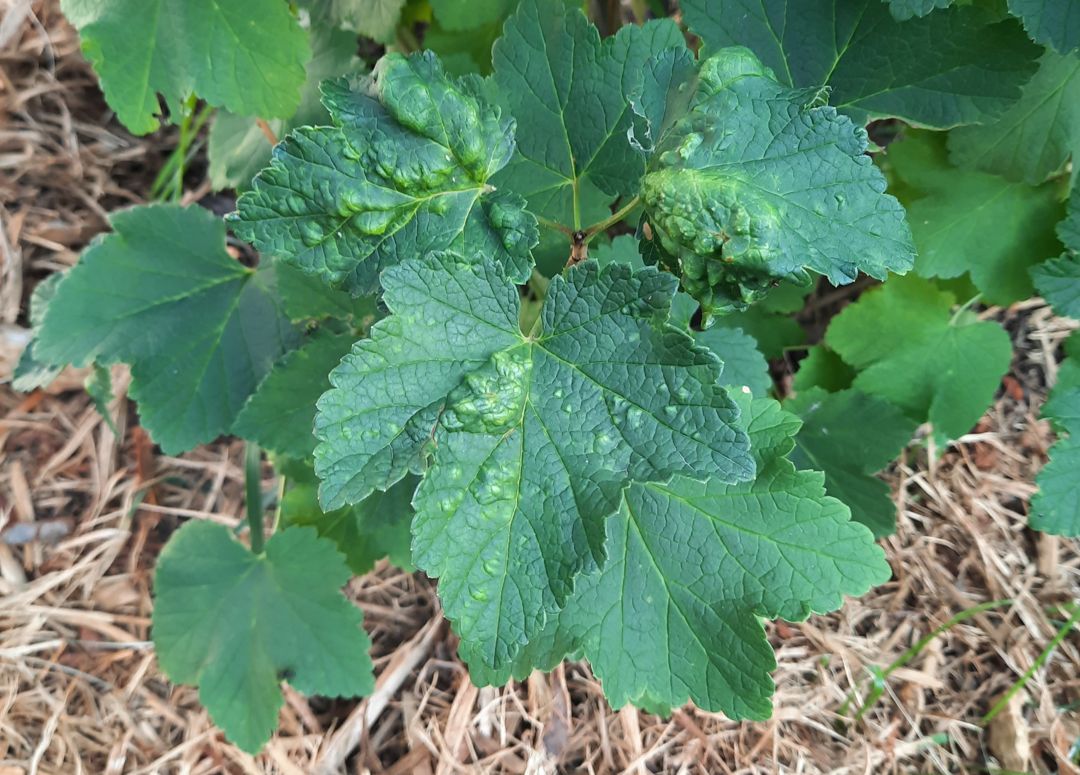
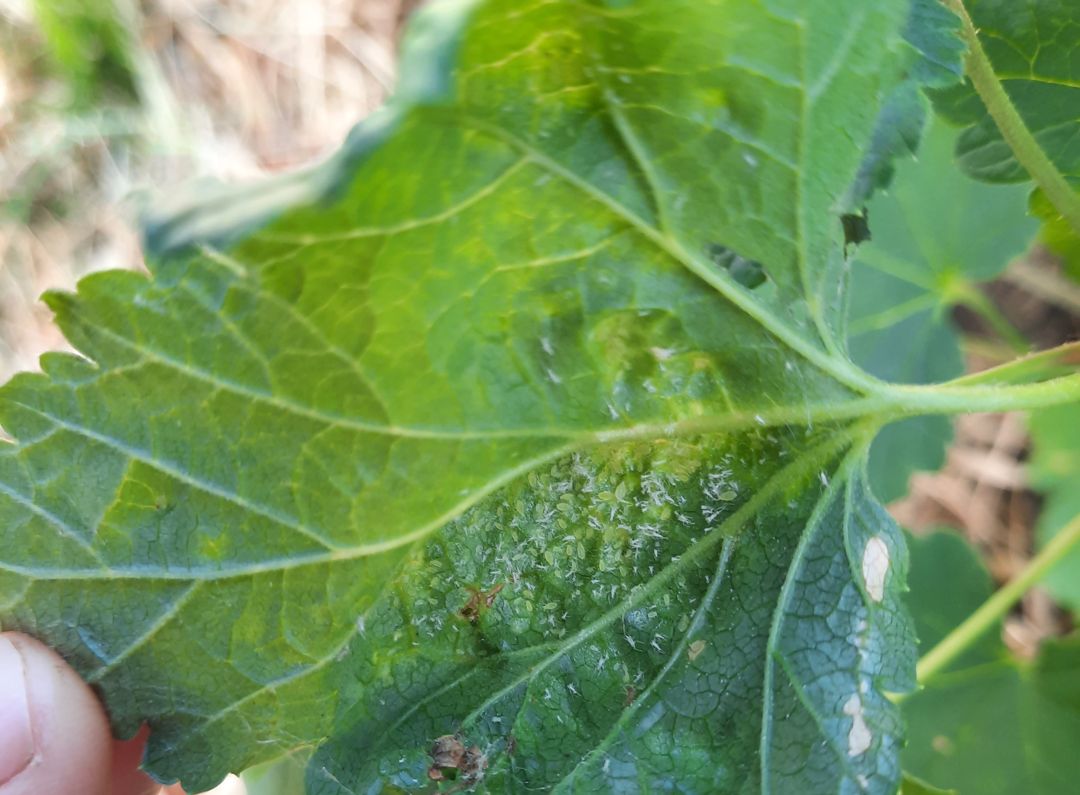
It often takes some research and process of elimination to figure out what’s ailing your plants. You won’t always be certain about what’s wrong, but you can still try non-invasive treatments to see if they help. Use the Notes and Events premium features in Planter to keep track of your observations, which treatments you try, and the results:
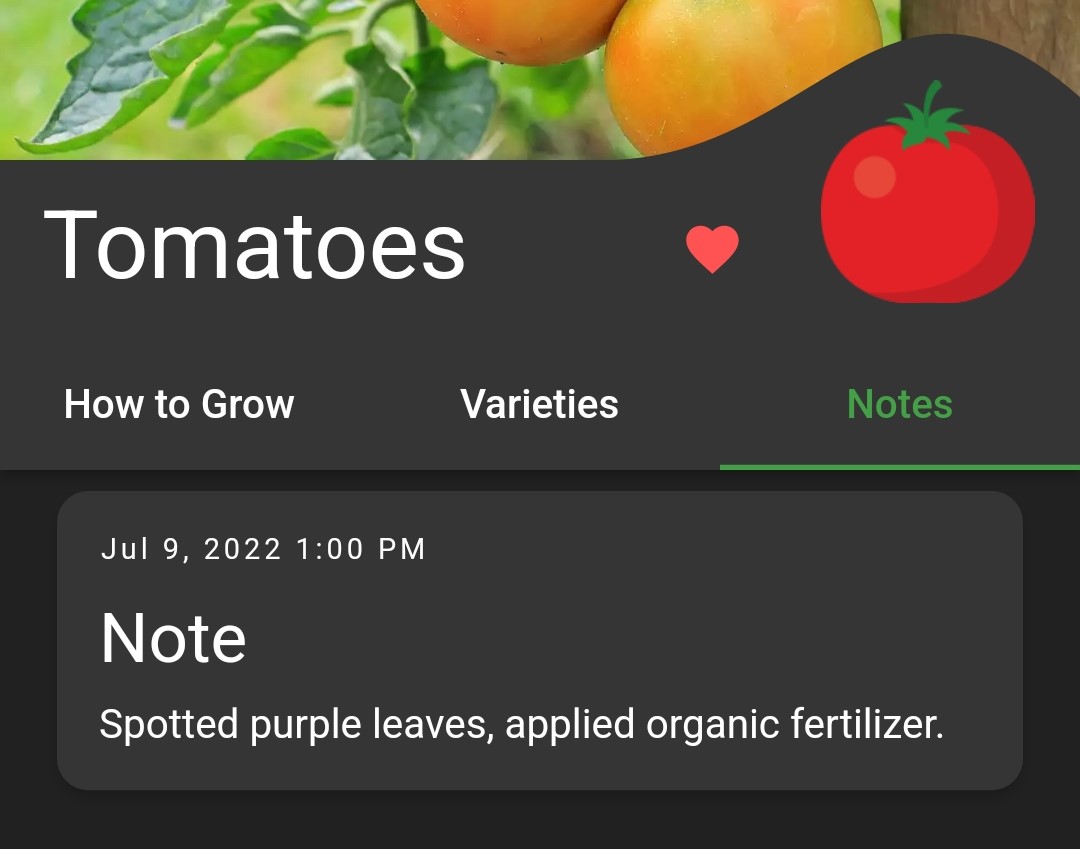
Every garden has its problems, but don’t let them shake your gardening confidence. Keep your garden going strong by keeping an eye out for trouble, and above all else keep on planting!
